Portion of radiant floor not workin
Den Rog
last year
last modified: last year
Featured Answer
Sort by:Oldest
Comments (14)
Mint tile Minneapolis
last yearlast modified: last yearDen Rog
last yearlast modified: last yearRelated Discussions
Radiant floor heating using the base board water supply?
Comments (3)The water temperature will most likely be too high. It depends on what type of radiant installation you will do. Typically a radiant heat zone will involve a mixing valve to deliver a lower water temp to the radiant zone. The existing boiler is used so I'm not sure if that is what you mean by a separate system....See MoreRadiant Heat & Water Storage Tank .....
Comments (4)It depends on the recovery rate of the heater. A higher recovery rate can use a much smaller tank. For example, the typical Laundry-Dry Cleaners, uses a 75 gallon tank, but it has a high recovery rate. Each wash takes about 30 minutes and about 75 gallons of water. A high rate recovery heater can easily handle 2 machines at the same time. One company I talked with recently recommends a 37 gallon tank for its radiant floor systems. The heater is a high recovery gas heater. They do not recommend instant water heaters for hot water heat....See Morereplace one radiator with hydronic radiant
Comments (3)I would agree with the HVAC guy, an electric in-floor mat would likely be the least expensive, easiest to install, zone and control. It may also represent one less trade involved in the renovation. Depending on construction techniques, an in-floor electric mat may have the lowest physical profile of any in-floor heating method representing the smoothest transition in terms of âÂÂstep-upâ elevation from one area to the bathroom compared to in-floor hydronic. Therefore, electric radiant may reduce the âÂÂtrippingâ factor of stepping into the bathroom if the heating medium were to be imbedded. As the product linked to below incorporates an EMF canceling design technique, there is little reason to reject this method from a health and safety point of view. SR Here is a link that might be useful: SunTouch...See MoreBusted Pipe in Radiant Floor Heat
Comments (3)Sorry, I forgot to specify that the leak was caused from a frozen pipe. I wasn't aware of infrared readings, but have found some companies in the region that do it. I'm excited to find out that the floors/radiant heat can be saved, and we don't have to convert to a furnace at a cost of over $4000! Thanks for the help, and for easing my mind....See MoreDen Rog
last yearMongoCT
last yearmtvhike
last yearDen Rog
last yearlast modified: last yearfsq4cw
last yearJake The Wonderdog
last yearlast modified: last yearDen Rog
last yearDen Rog
last yearmtvhike
last yearDen Rog
last yearMongoCT
last year
Related Stories
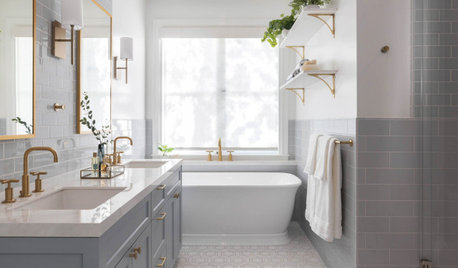
FLOORSWhat to Ask When Considering Heated Floors
These questions can help you decide if radiant floor heating is right for you — and what your options are
Full Story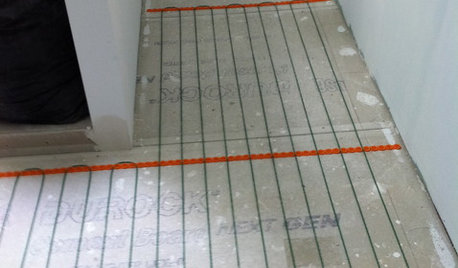
BATHROOM DESIGNWarm Up Your Bathroom With Heated Floors
If your bathroom floor is leaving you cold, try warming up to an electric heating system
Full Story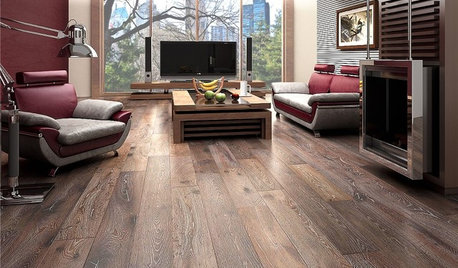
REMODELING GUIDESWhen to Use Engineered Wood Floors
See why an engineered wood floor could be your best choice (and no one will know but you)
Full Story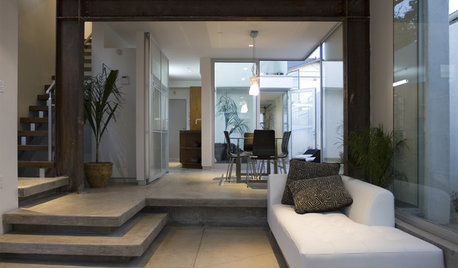
GREEN BUILDINGConsidering Concrete Floors? 3 Green-Minded Questions to Ask
Learn what’s in your concrete and about sustainability to make a healthy choice for your home and the earth
Full Story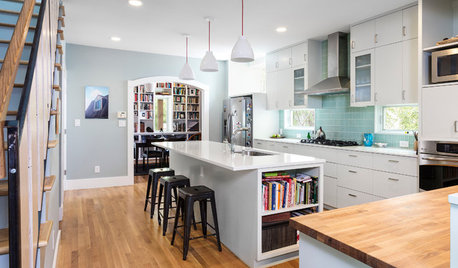
MOST POPULAR6 Kitchen Flooring Materials to Boost Your Cooking Comfort
Give your joints a break while you're standing at the stove, with these resilient and beautiful materials for kitchen floors
Full Story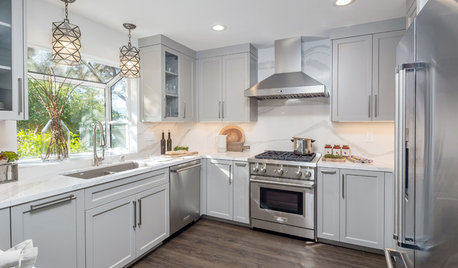
MATERIALSWhat to Know About Luxury Vinyl Flooring
The flooring material has become increasingly popular. Here’s how to determine its quality and get it installed
Full Story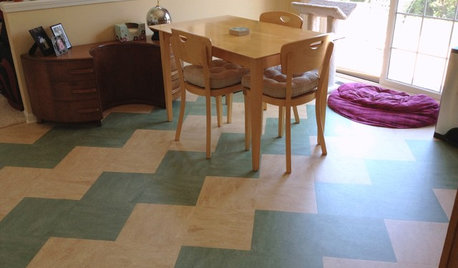
REMODELING GUIDESLinoleum, the All-Purpose Flooring Wonder
Dashing in a rainbow of colors, able to be cleaned with ease and courteous to budgets everywhere, linoleum is a super choice for floors
Full Story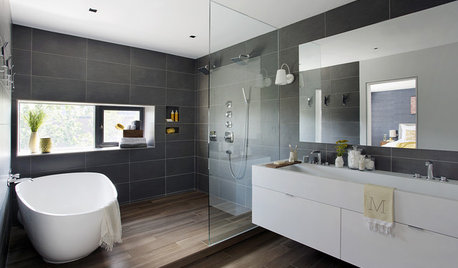
SHOWERSYour Guide to Shower Floor Materials
Discover the pros and cons of marble, travertine, porcelain and more
Full Story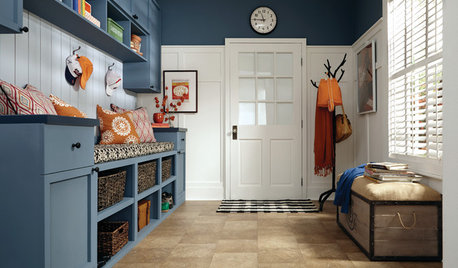
FLOORSNew Groove: Vinyl Floors Are Back!
First vinyl records made a comeback, now floors. See how, where and when to use this durable, easy-to-clean material
Full Story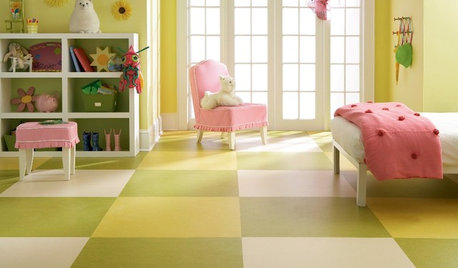
REMODELING GUIDESThe Case for Linoleum and Vinyl Floors
Have pets, kids and a tight budget? Easy-care resilient floors may be the choice for you
Full Story



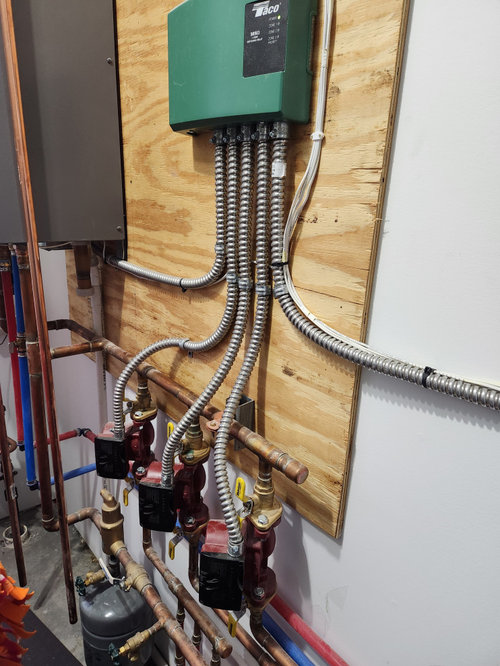
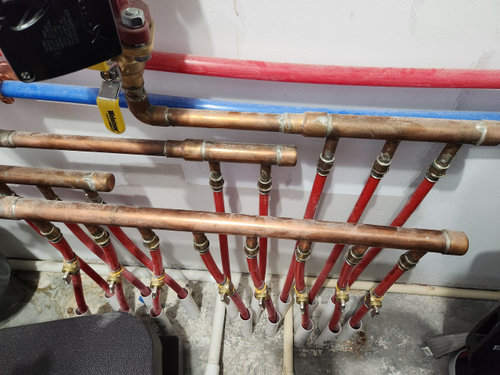
MongoCT